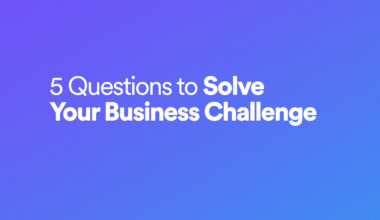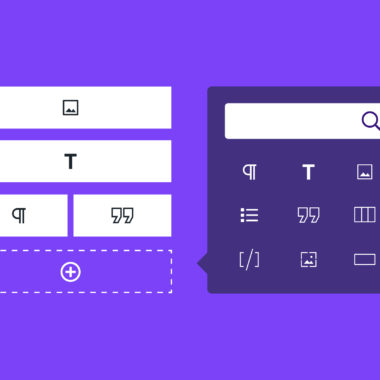Considerations for Planning a MarTech Stack
When it comes to the ideal MarTech stack, there’s no one size fits all. Every company has their own business priorities, budget, legacy tech, and size and skillset of internal team—all of which play a part in determining the right marketing technologies for them. But if you’re just getting started, here are a few considerations to help.
Know Your Customer Journeys
If you’ve already segmented your customers and documented their journeys, give yourself a gold star and skip ahead to the next consideration.
If you haven’t, collect and assess what you do know. Pull together relevant data from sources you have like site traffic, social analytics, and email analytics. Get anecdotal inputs from your sales and customer service teams. Talk to customers.
The goal is to understand the most significant ways your customers differ from each other (segments) and the questions they need to answer successfully (journey) as they move from “I have a need” to “This product/service is the right choice for meeting my need.” What information will answer those questions? When in the journey do they need it, and where do they go to get it? What motivates them to act on what they find?
Set Meaningful Business Goals
With your segments and journeys in hand, you can now identify relevant business goals. For example, you know that your customers are motivated by discounts. So increasing the number of customers in your rewards program by 20% might be a relevant goal. To meet that goal, you’ll need to be able to segment customers into rewards members and non-members, drive promotional messages to non-members, and track which ones convert to membership.
Assess Your Current Stack Against Your Goals
Let’s continue the example from above. Do your current tools allow you to send segmented emails or deliver personalized content on your website? Do they track the conversion to the rewards program and update the customer record? Do they automate all the communications that need to happen once the customer joins? Do they deliver a great membership experience that will encourage the member to stay in the program?
Wherever the answer is “no,” that’s a requirement for any additions to your MarTech stack. Now you can list out your requirements and start looking for the platform(s) that will best meet your goals.
Choosing a Stack is Only the Beginning
Whatever MarTech platforms you select, the bulk of the work comes after selection. You’ll need a robust content strategy that accounts for all of your customer segments and journey stages. Develop all of those messages. Update your metrics to track against your goals. Measure and adjust your campaigns as you discover what is most effective for your audiences.
And finally, plan to stay nimble. Customer needs and expectations, competition, and new technologies are going to keep shifting the landscape, creating new opportunities to serve your customers better.




